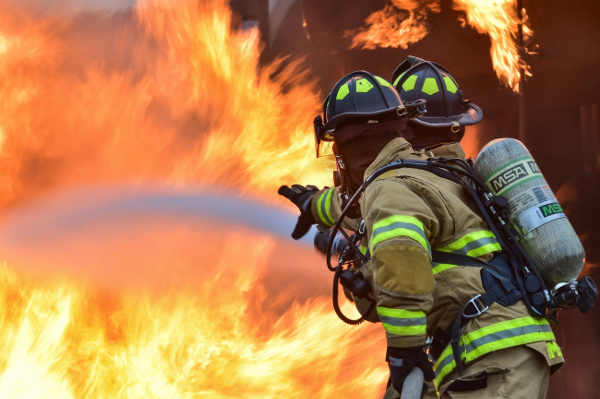An unforeseen emergency can happen at any time. Emergencies can be natural like flood, earthquake, tornado, or a result of human involvement, for example fire, chemical or toxic substance spill, major structural failure. ISO 45001 ensures organisations are prepared to handle all emergencies through adequate response planning. The steps that need to be undertaken for emergency response planning are:
1. Identify Emergencies
The first step towards emergency response planning is to identify all emergency situations that an organization may face during working hours or beyond working hours. Consider company’s location, nature of company’s work, machines or chemicals that are used, manufactured or stored within the premises. Create a list of all potential emergencies that the company might face. Assess the risks associated with these emergencies.
2. Identify supplies/resources needed to respond to emergencies
You need to assess your current workplace ability to respond to emergencies. This includes internal and external resources, medical or other supplies required to respond to emergencies. You may be able to control some of the emergencies with proactive controls, like reducing ignition sources. Apart from pro-active controls, identify reactive controls like communication channels, medical aid, generators, firefighting equipment, etc. that may be required when an emergency occurs.
3. Create an emergency response plan
Appropriate Emergency Response plan need to be created once emergencies and mechanism of their response are identified. This will include procedures to handle emergencies, location and instructions for emergency facilities, Evacuation procedures, alarm and emergency facilities.
4. Communicate and Train workers/relevant stakeholders on emergency response
Once an Emergency Response Plan is created, it is important to communicate the plan to all workers /relevant stakeholders. You need to train workers to handle emergency situations. Frequent emergency drills may be carried out to educate workers from time to time.
5. Evaluation and revision of emergency response procedures
The emergency response procedures should be evaluated after a drill or after an emergency is faced. If need be, these emergency procedures should be changed or revised based on the results of testing or drills.
Emergency response planning is important for any company as it is always better to be safe than sorry. Putting in an effective response plan for emergencies may take some effort but it pays off in the long run. It ensures the safety of your workers and helps build a healthy and safe workplace.
ISO Terms Explained

To the novice quality manager, ISO jargon can be extremely overwhelming. What is an NCR? What do you mean by OFI? Are we certified or accredited? But before you go and pull out your hair, let’s take a moment to go over some of the most frequently used terms and their definitions with regards to ISO and Management System Certification.


